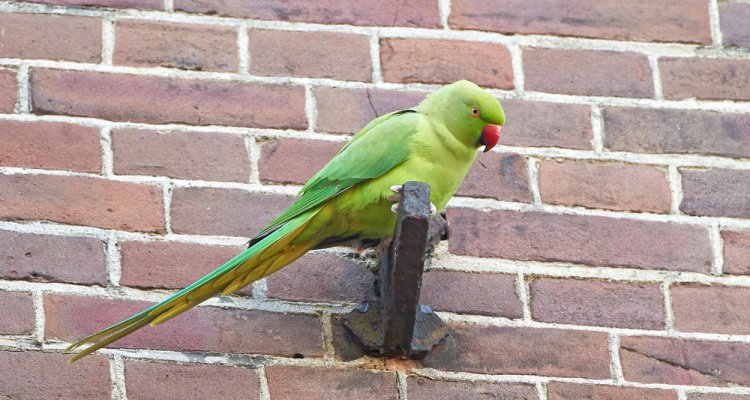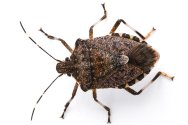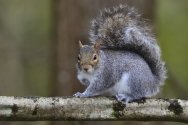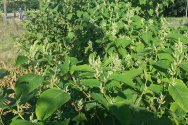
Dossier
Exotic species in the Netherlands
Exotic species, also known as alien or introduced species, are animals, plants, fungi or micro-organisms imported through human activity into an area where they do not originally occur, but where they proceed to thrive. Species which were introduced to the Netherlands before the year 1500, such as the rabbit, the pheasant and the mute swan, do not count and are considered indigenous.
Exotic species are sometimes introduced deliberately. An example is the multicoloured Asian ladybird, released in Europe 20 years ago to combat aphids. Pheasants and fallow deer were once released as hunting game. And every year hundreds of turtles and pond perch are released into Dutch watercourses when their owners have had enough of them.
But a lot of species get introduced by accident. Sometimes pets or ornamental animals escape from captivity, as did the Egyptian goose, the Pallas’s squirrel and the Italian crested newt. Marine creatures such as the Chinese mitten crab are brought in with ballast water from ships; the tiger mosquito hitches a ride on tropical plants. And since a canal was dug between the Rhine and Danube 20 years ago, fish species from the Danube watershed, such as the round goby and the money goby, have been able to reach our waters.
There is another category of newcomers that we do not count as exotic: species such as the great egret, whose habitat is shifting as a result of climate change. They are counted in the same category as the lynx, wildcat, wolf and perhaps the golden jackal: animals that settle here of their own accord.
Species monitoring through eDNA
With the help of environmental DNA (eDNA), researchers can demonstrate the presence of animal species, for example based on water samples.
Publications
-
Characterising harmful API uses and repair techniques : Insights from a systematic review
Computer Science Review (2025), Volume: 57 - ISSN 1574-0137 -
Detection of Botrytis cinerea severity in rose petals using hyperspectral imaging for plant breeding applications
Computers and Electronics in Agriculture (2025), Volume: 233 - ISSN 0168-1699 -
Scale-dependent cloud enhancement from land restoration in West African drylands
Communications Earth and Environment (2025), Volume: 6 - ISSN 2662-4435 -
Rolling DICE to advance knowledge of land–atmosphere interactions
Quarterly Journal of the Royal Meteorological Society (2025) - ISSN 0035-9009 -
Diet, fruit and vegetables and One Health : benefits for health, environment, society and the consumer—proceedings of the 9th edition of EGEA conference
European Journal of Nutrition (2025), Volume: 64, Issue: 3 - ISSN 1436-6207 -
High-recovery and chemical-free desalination of sodium chloride-containing waters with modified electrodialysis metathesis
Desalination (2025), Volume: 604 - ISSN 0011-9164 -
Improving the 3D Representation of Plant Architecture and Parameterization Efficiency of Functional-Structural Tree Models using Terrestrial LiDAR Data
AoB Plants (2025), Volume: 17, Issue: 2 - ISSN 2041-2851 -
Chinese chestnut did not induce negative plant soil feedback during centuries of growth
Science of the Total Environment (2025), Volume: 970 - ISSN 0048-9697 -
Hybrid green-grey intertidal-flat plus wetland restoration as solution for heavily human-intervened coastline management
Ocean and Coastal Management (2025), Volume: 262 - ISSN 0964-5691 -
Sámi perspectives on energy justice and wind energy developments in Northern Norway
Energy Research and Social Science (2025), Volume: 122 - ISSN 2214-6296




